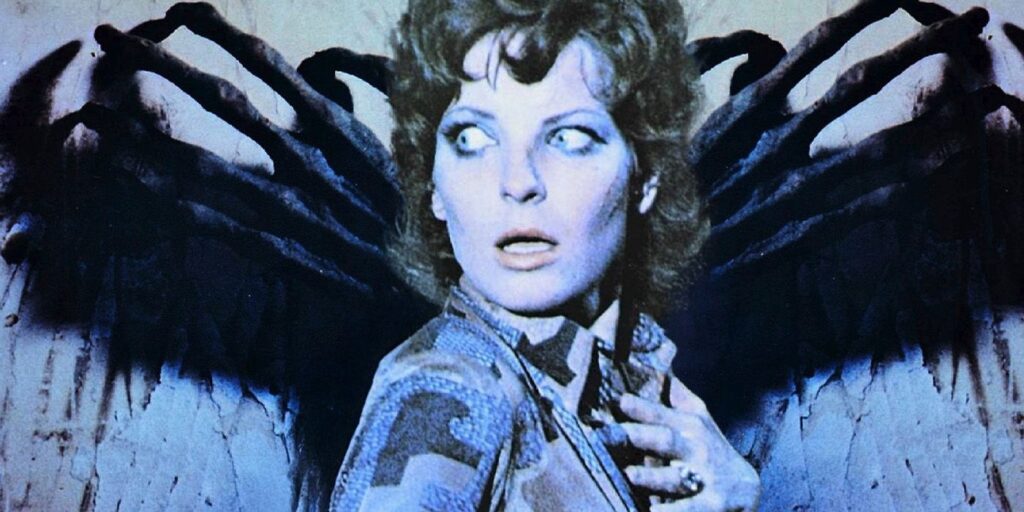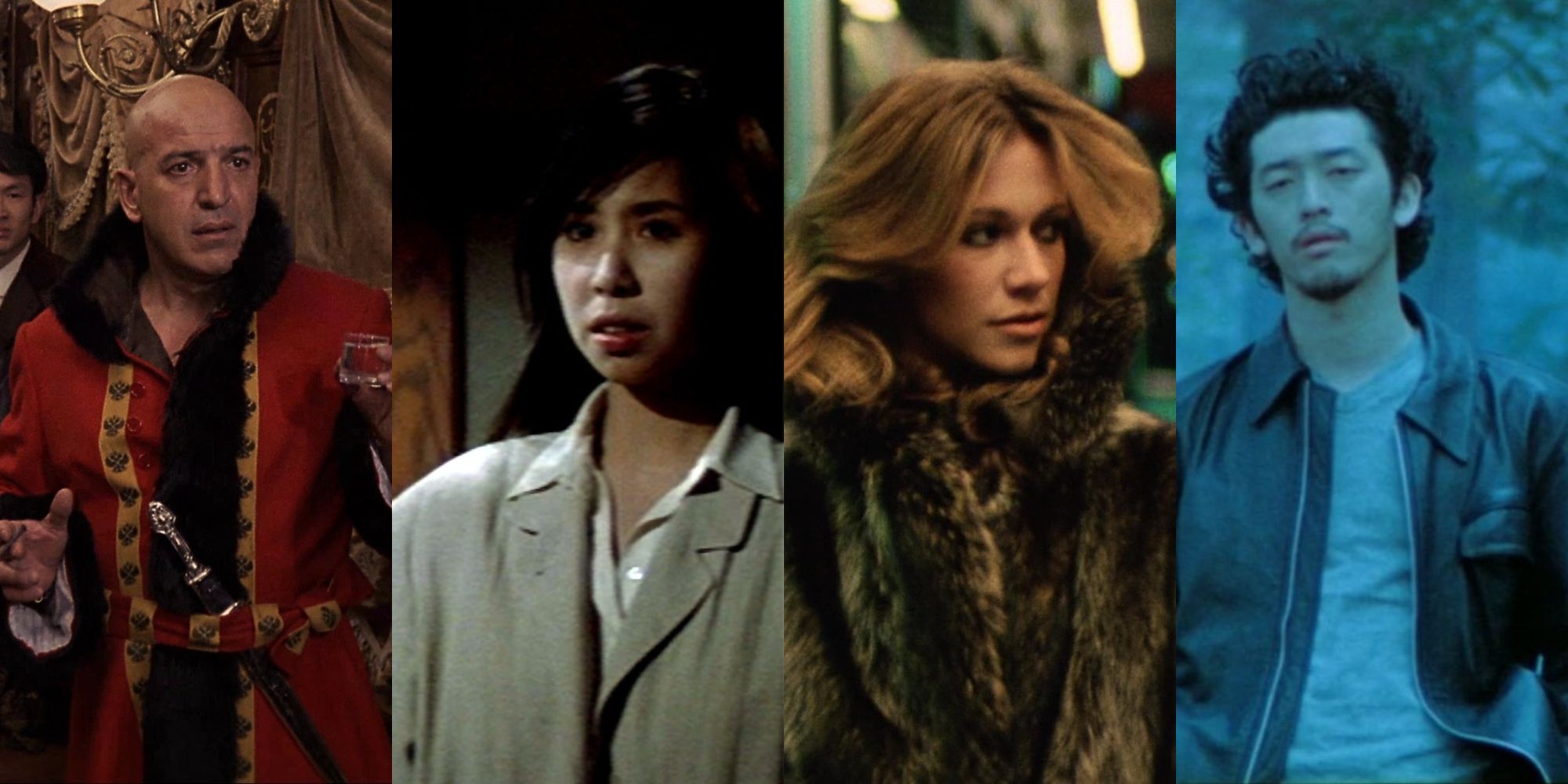This Wild, Sexy, Romero-Inspired Horror Kicked Off a New Movement in Film… With Zombie Vampire Knights

Like many wonderful esthetical movements in movie history, Spanish horror — or, as it is also affably called, Fantaterror — came to be thanks to the resistance. The pushback in this case was mainly aimed against the censorship of Franco’s decaying dictatorship, since it’s a known fact that nothing encourages creativity more than restrictions. Amando de Ossorio‘s Tombs of the Blind Dead, which came out in 1972, was just the second horror film he made (after an already strong genre debut with Malenka, the Vampire Niece in 1969), but it managed to really jumpstart Fantaterror, laying the foundation for the wild, psychosexual style of Jesús Franco and darkly ironic outings of Jorge Grau. While de Ossorio’s colleagues tended to employ iconic monsters, such as vampires and werewolves, he came up with something original, while overcoming the limits of a low budget and the above-mentioned censorship — as the movie came out three years before Franco’s death and the explosion of graphic violence and sex in Spanish film.
Zombies, Vampires, or Mummies? That is the Question
The story of Tombs of the Blind Dead kicks off when a young woman called Virginia jumps off a train in the middle of nowhere in order to avoid a tricky relationship squabble with her friends, Betty (Lone Fleming, a future genre veteran) and Roger (César Burner). As a result, she has to spend the night in the ruins of Berzano, an ancient Templar monastery, where she is promptly killed by the undead knights who rise from their graves after midnight. A little later, Betty and Roger make their way to this forsaken place looking for their friend and risk becoming the next victims of the bloodthirsty Templars, who are blind but can follow their prey by sound. As is easy to imagine, the plot is largely perfunctory here, serving as a carcass for inventive imagery that can be scary, sensual, graphic, and at times, outlandish.
The sparseness of the plot contributed to multiple different versions being created out of Tombs of the Blind Dead for theatrical release in various countries. The first US version was severely watered down in comparison to the original, with several scenes involving graphic violence and lesbian sex removed. Another alternative cut also famously and hilariously tried to pass the movie as part of the Planet of the Apes series — this version was called Revenge from Planet Ape, despite not featuring any apes whatsoever. It was another classic film from 1968 that is widely considered to have inspired Amando de Ossorio to come up with an idea about undead knights — George A. Romero‘s Night of the Living Dead and his introduction of zombies as reanimated corpses. However, de Ossorio was always adamant that his villains weren’t traditional zombies, instead, calling them mummies on horseback with a touch of vampirism, as they strive for blood, not brains.
There is a Formidable Villain in ‘Tombs of the Blind Dead’ — and It’s Not Just the Evil Knights
Despite some moments reminiscent of Romero’s classic film and the zombie canon in general, such as the corpse’s hand emerging from the ground, Tombs of the Blind Dead also has a very distinctive Gothic feel — what with the appearance of the knights with their lavish black capes, riding on ghost horses (one of the most iconic images in the film), the blood sucking, and the occult practices. The middle part of the film especially doesn’t really look like a zombie film. The episode with Virginia waking up in the morgue and attacking a custodian is pure Gothic vampire style, while the scene of her stalking Berry’s unsuspecting assistant at the mannequin factory, with its disorienting tracking shots and grotesque bloody-red lighting, looks like something out of the giallo film canon that was on the rise in Italy.
And then, setting up an important trend for the next years of the Fantaterror tradition, there is the unabashed eroticism this movie is filled with. Another successful attempt to spite Francoist censorship, the sexually charged scenes in Tombs of the Blind Dead are actually more than meets the eye, as they serve to explore one of the favorite motives of Spanish and Latin American genre cinema — the battle of desires and taboos that try to suppress them. At the start of the film, Virginia literally tries to run away from her complicated feelings towards Betty, with whom, we find out through a flashback, she had a fling some time ago, and ends up getting killed. Her appearance after she comes back to “life” in the morgue is clearly sexualized, as if she has been liberated in death and is finally able to fully explore her desires, as shown in the scene where she follows Betty’s assistant as if it was a macabre dance of seduction.
But the most significant part of this unique horror are the knights themselves. Like Romero’s zombies, de Ossorio’s blind dead, who will eventually star in three additional sequels, aren’t only entertaining, but also meaningful. By turning knights from centuries ago into evil creatures who need human sacrifices to sustain their existence and who are relentless in their pursuit of the living, de Ossorio sets up a major theme for the generations of Spanish horror authors to come. Years later, it will be perfectly summed up in Randy’s famous video message in Scream 3: the past will come back to bite you. For all the silly fun the authors are having here, Tombs of the Blind Dead touches allegorically upon the painful subject of the Spanish Civil War, depicting their evil dead as a blind, but fully conscious and ruthless force that is after anyone with a heartbeat — symbolizing the tragic past that simply refuses to let go, always coming back to dig into the present and rip it to shreds.







